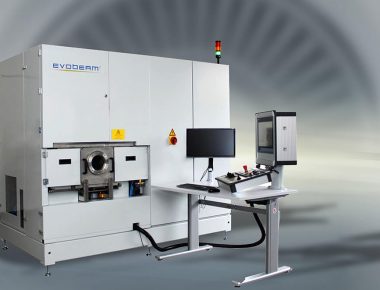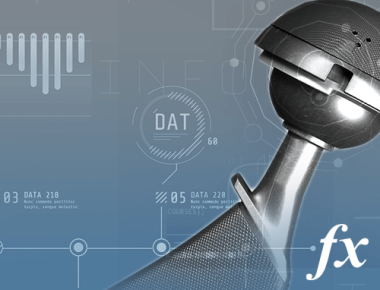
Electron Beam
Electron Beam (EB) has a long history: In 1879, Sir William Crookes demonstrated that this technology could melt metal, for the first time.
The deep welding effect of the Electron Beam was discovered in 1957.
Constant innovations developed electron beam machining into a state-of-the-art technology. A wide range of applications are now more precise, more productive and economically in different markets and industries.
The real-time CNC-controlled, robust electron beam is welding metals with minimized energy input and distortion without filler material. This produces deep welds with a narrow heat affected zone in mechanically finished parts. As compared to a laser, it provides an energy efficient beam source with rapid beam deflection. Independent of the wavelength the particle beam couples into optically reflective surfaces of a broad spectrum of metals and even Copper or Aluminum.
Main features and benefits
- Very precise control of the Electron Beam
- Shortened process chains
- Consistent quality assurance with utmost repeatability
- Enhanced design possibilities
- Vacuum conditions significantly improve metallurgical properties
- Wide range of beam power available
Electron Beam Machining - Technology
Versatile beam properties and almost inertia-free beam deflection
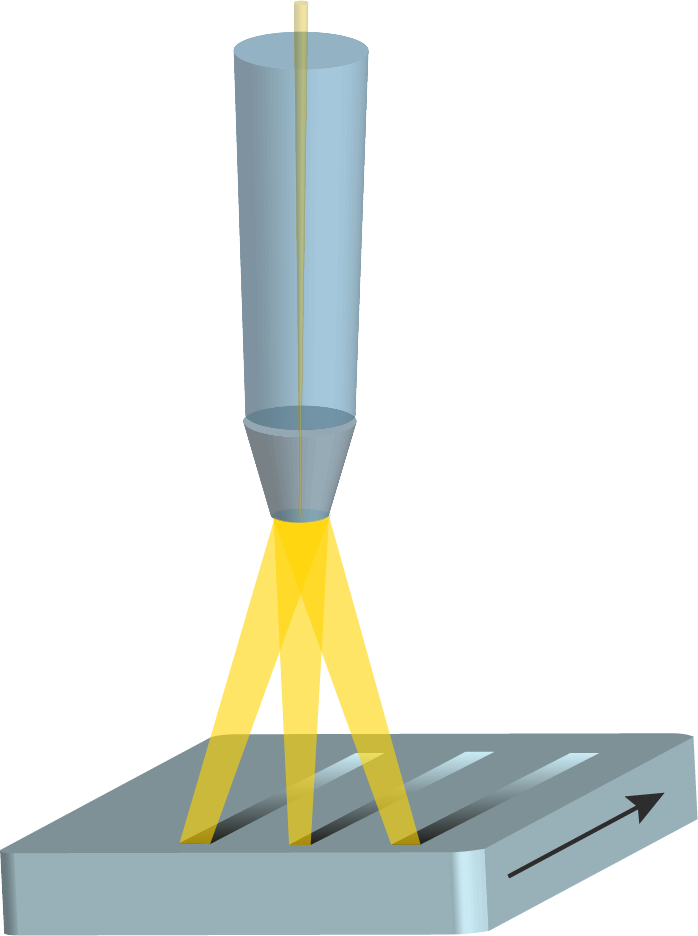
Multi-bath
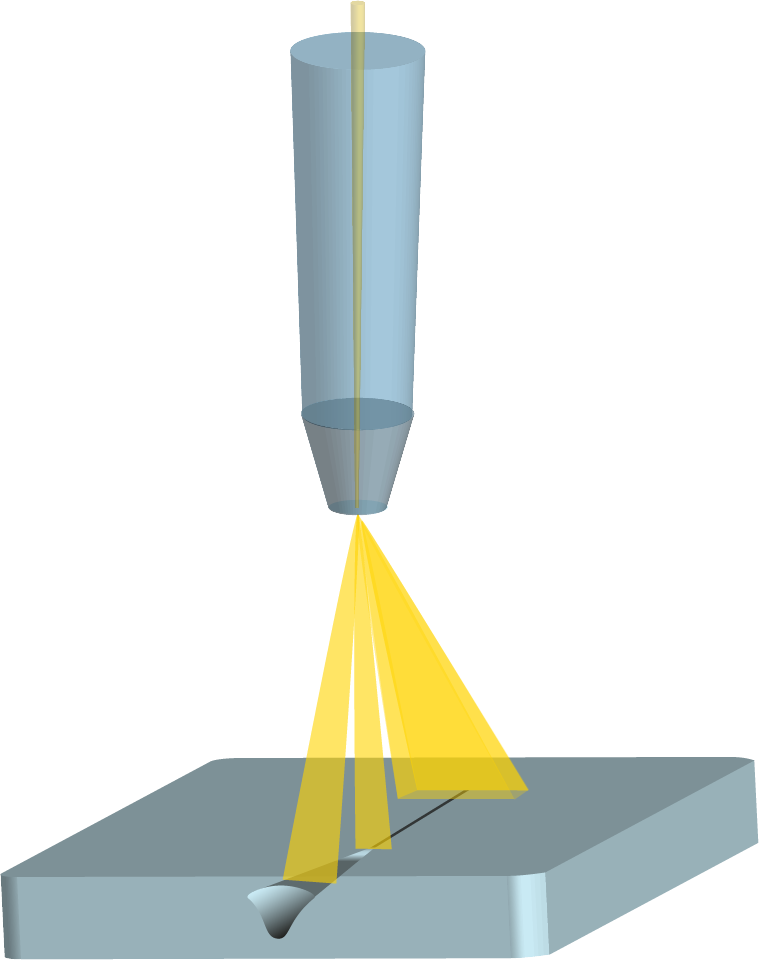
Multi-process
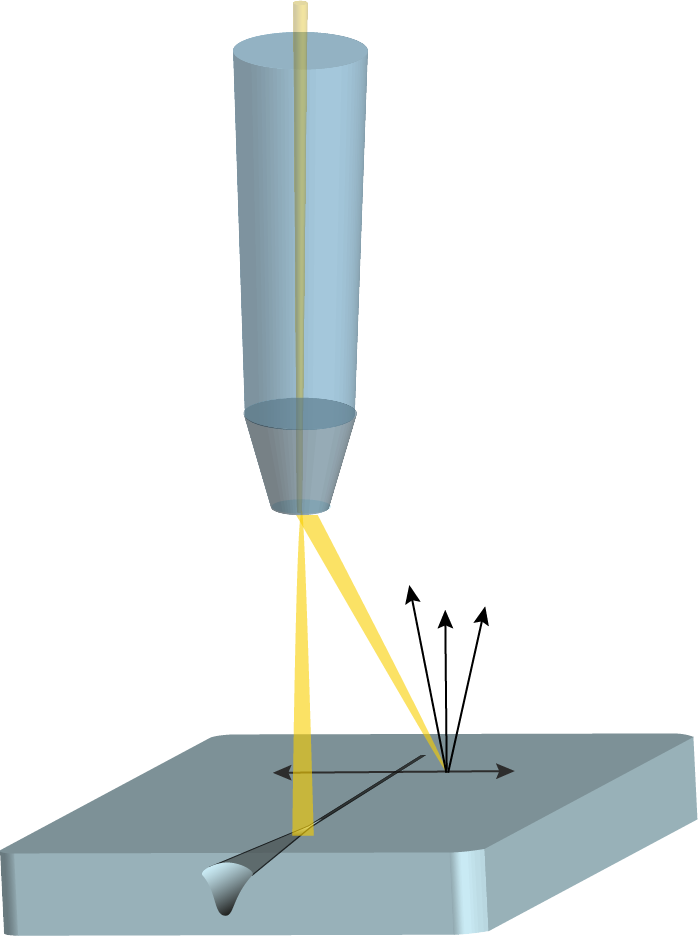
Seam tracking
Additional features and benefits
- Extremely high power density up to 107W/cm2 at the focal spot
- Versatile possibilities to apply electron beam in one production run:
multi-pool, multi-process, seam tracking, surface treatment, and even imaging
- Wide range of applications in one machine: welding, drilling, cladding, and surface treatment
- Broad scope of machinable materials:
steels, copper, aluminum, tungsten, inconel, tantalum and titanium as well as their alloys
- Versatile portfolio of machines and systems:
universal type, indexing type, production cells, and continuous strip welders
- High energy efficiency:
in comparison to laser beam welding and to other welding techniques, electron beam machining converts significantly more input power to beam power
Electron beam machining systems are operated fully automated and offer a perfectly controlled machining environment within the vacuum chamber.
These features support precision as well as superior metallurgical properties of the machined materials and workpieces meeting highest quality requirements.
Applications
Electron Beam - Systems & Options
Versatile range of electron beam machining solutions supported by our scope of services
Electron Beam Additional Information
Features and Benefits
- Very precise control of the EB:
Full control of energy density, focus, position and inertia-free motion enables high machining speed, precise and narrow machining areas, minimal heat input in work piece, and very low warpage and distortion
- Shortened process chains:
Minimal post-machining. Increased of productivity and reduction of total cost of ownership
- Consistent quality assurance with utmost repeatability:
Fully automated machining with complete traceability and recording of process parameters
- Expansion of design possibilities:
Aside of steel alloys, applicable for refractory alloys and dissimilar materials as well as minimized volume and mass of the workpiece
- Vacuum conditions significantly improve metallurgical properties:
No consumables (e.g. inert gases, etc.) required to protect the melt pool or weld pool from oxidation. Furthermore, the vacuum has a very positive impact on the metallurgical properties of the weld seam
- Wide range of beam power available:
Optimized adaptation to application requirements
In order to utilize the electron beam machining capabilitities, it is essential to consider upfront the potential drawbacks of this technology as well.
- Vacuum conditions:
In order to minimize evacuation times, the dimensioning of the pumps as well as the cleanliness of workpiece and vacuum chamber are crucial. The evacuation time has to be taken into consideration when assessing the overall productivity. - Magnetism:
The electron beam can be deflected by retained magnetism of the workpiece or fixture. The electron beam is adjustable to compensate this effect to a certain extent. Furthermore, demagnetizing of workpiece prior to insertion into vacuum chamber can be applied and can be automated.
